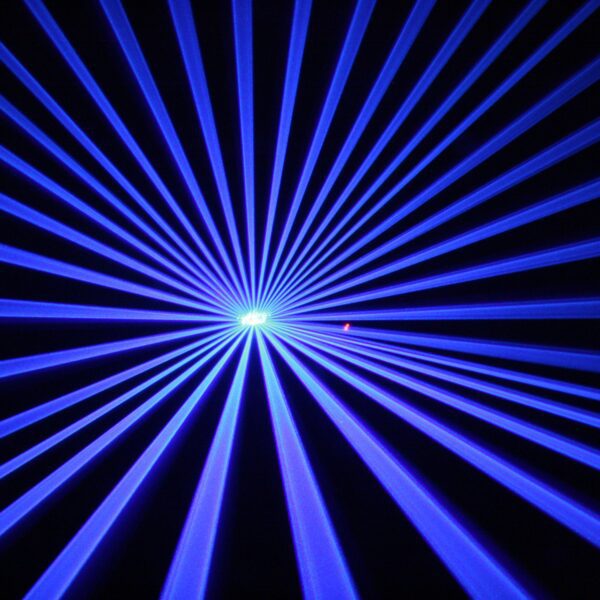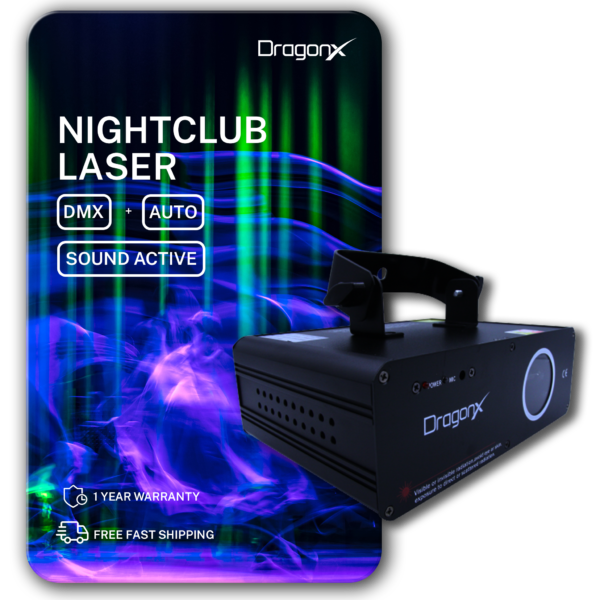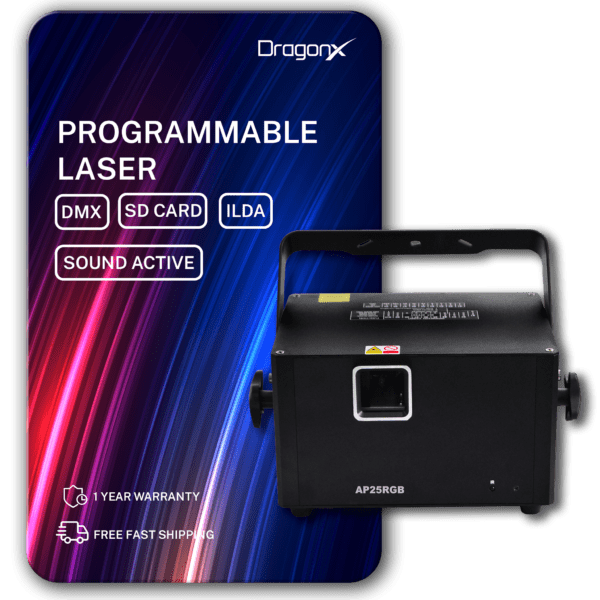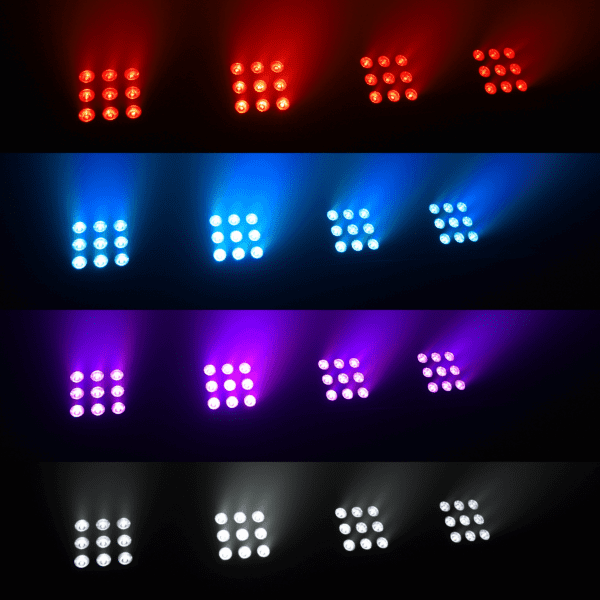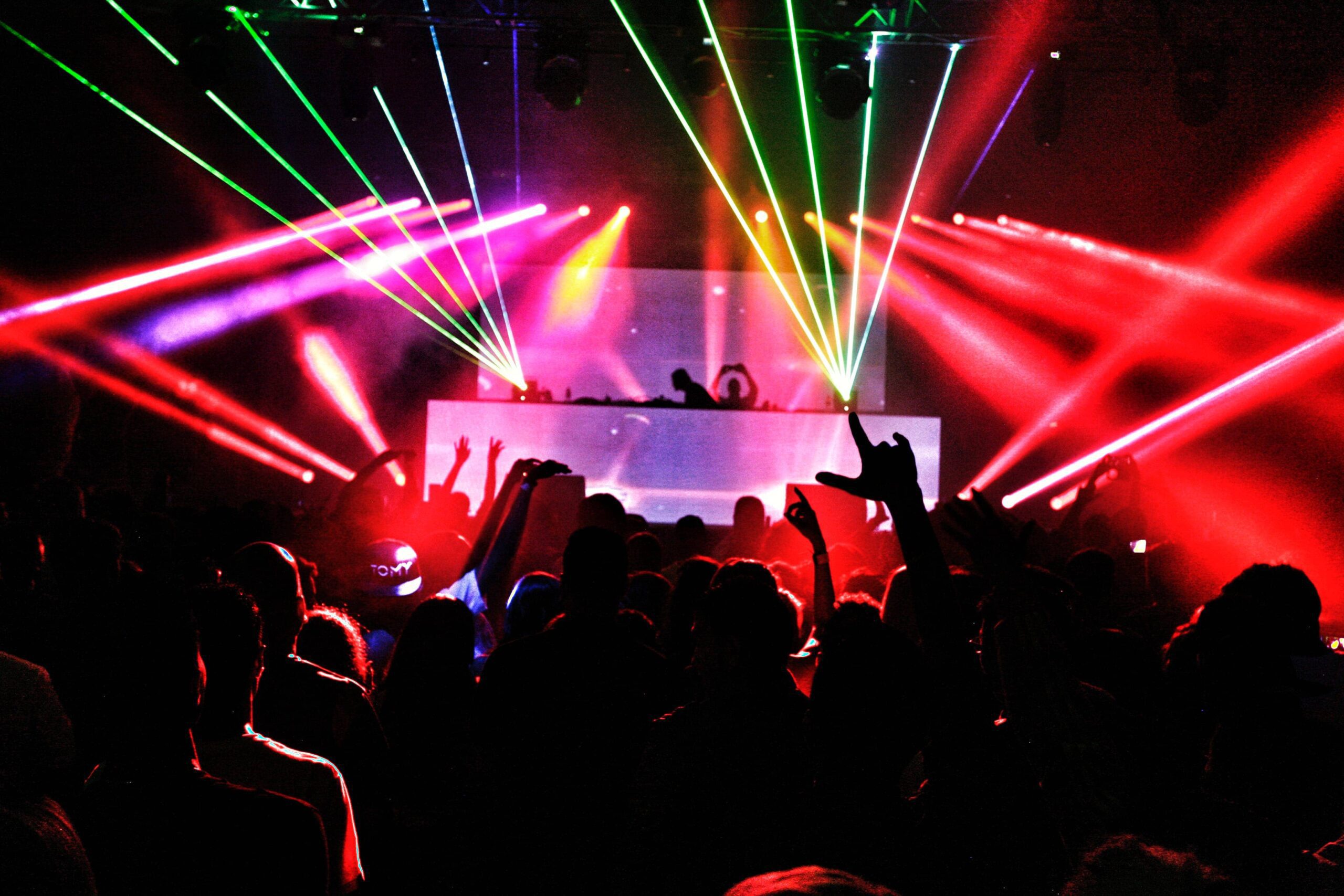In 2017, a journal report explained a situation where a patient experienced an injury to their retina after being exposed to a laser pointer. The researchers involved in the study notes that there has been a significant increase in the reported cases of laser-related injuries in the past few years. Researchers also explain that some of these cases have led to permanent impairment in patient vision – even with treatment, some scenarios had irreversible damage.
In another journal entry, laser-related injuries to the retina are reported to be common, but also easily diagnosable.
The FDA has recently implemented steps to regulate the use of lasers in the United States. Understanding what is considered illicit should be an important step for entertainment organizations, as well as the average consumer.
FDA Regulations Regarding Laser Use
Following multiple reports of injury caused by lasers in the general population, the FDA recently decided to implement regulations for the use of these devices. The primary aim of these regulations is to reduce hazards caused by some of the more powerful lasers used in the entertainment industry. While these larger lasers tend to be the primary target of the FDA regulations, safety precautions also need to be taken by the average consumer.
The FDA implemented mentions of laser used in several existing regulatory systems. Title 21 Code of Federal Regulations lists the use of laser within the following categories:
- General
- Records and reports
- Notification of defects or failure to comply
- Repurchase, repairs, or replacement of electronic products
- Importation of electronic products
Additionally, a new part within the Radiation Safety Performance Standards regulation has been added as well, the title “1040.10 – Laser Products”.
The Dangers Associated with Lasers
There are several safety hazards that have now been associated with lasers. A majority of these concerns have only been noted in recent years, as reports of these incidents are quickly starting to increase.
According to data released by the FDA, one of the biggest concerns are related to eye injuries. These risks are listed particularly for handheld lasers.
In addition to eye-related injuries, consumers and professionals in the entertainment industry are also asked to be aware of skin-related damage caused by laser exposure. Several reports of skin burns have been noted following exposure to strong lasers.
The dangers of lasers do not only lie in human subjects. Warnings related to a potential fire hazard imposed by lasers have been reported too. Exposure to the concentrated light emitted by a laser can, in some cases, result in the ignition of a fire.
Apart from these safety factors, lasers have also posed a hazard to drivers and pilots. Exposure to a laser during a flight might become a distraction for a pilot. Direct exposure to the retina may also cause temporary vision problems – even causing the pilot to have no vision for a short period. Only a few seconds of distraction may be enough to cause a loss of control during a flight or while driving a bus or car.
In these scenarios, the laser may contribute to an accident, which could injure not only the person exposed to the laser but also several third parties involved, such as the passengers on a flight or on a bus.
These are the primary reasons why the FDA decided to start regulating the use of lasers. Not only do larger and more powerful lasers pose a threat, but even some smaller handheld options may emit enough light to cause injury or damage.
Are There Benefits to Lasers?
Not all is bad when it comes to using lasers. In fact, many people rely on the use of lasers for a professional purpose. There are also cases where a laser can bring benefits to the average consumer.
Consider a scenario where a concert is being held. What would this concert be without a great light show? These lights are often lasers that are implemented at the front of the stage. Entertainment is the primary industry that generally uses lasers, but there are some products that use laser for safety purposes too.
When lasers are used in the appropriate fashion and by a professional who understands the risks involved, then they can be beneficial. This also makes the use of lasers safer and helps to limit the risks of injury to people in the surrounding area.
Conclusion
Laser use might come with entertainment-related benefits, but some cases of injury have been reported. Injury due to laser exposure can cause irreversible damage to the retina and lead to skin burns. Understand the safety concerns when working with a laser. It is also important to realize the regulations surrounding laser use.
References
https://www.ncbi.nlm.nih.gov/pmc/articles/PMC5754573/
https://jamanetwork.com/journals/jamaophthalmology/fullarticle/416518
https://www.fda.gov/radiation-emitting-products/home-business-and-entertainment-products/laser-light-shows
http://www.accessdata.fda.gov/scripts/cdrh/cfdocs/cfcfr/CFRSearch.cfm?fr=1040.10





